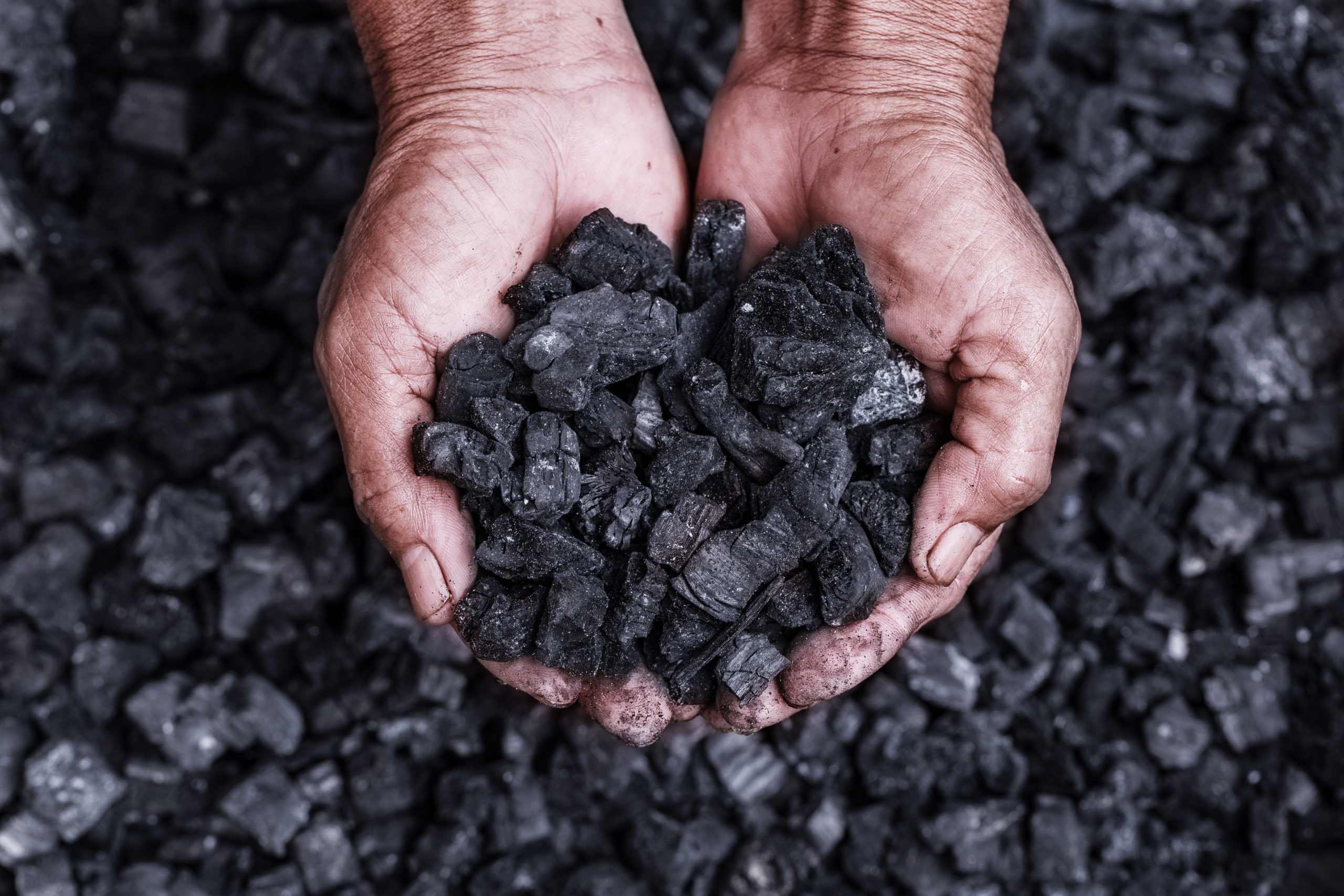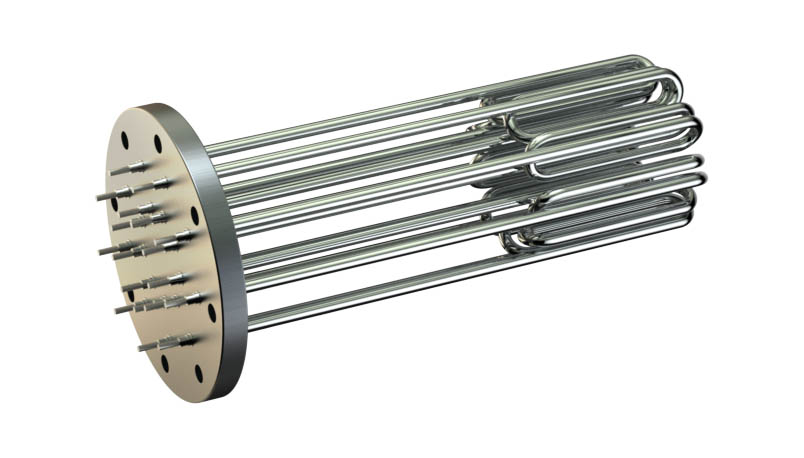Coal Heating
Last updated on December 30th, 2024 at 10:22 am
 The biggest percentage that make up coal is carbon though it contains other elements especially hydrogen, nitrogen, sulfur and oxygen.
The biggest percentage that make up coal is carbon though it contains other elements especially hydrogen, nitrogen, sulfur and oxygen.Over-the-side immersion heaters – these types of heaters are specifically designed for vessels that are impossible to install the side immersion heaters whereby they are installed through the top of the vessel, in this type of immersion heaters the heated portion of the unit is built along the side or at the bottom of the tank. The aim is to make circulation of the fluid inside the vessel flow naturally to ease in even distribution. You will need to use terminal houses or lead wires to connect to power.
Flanged Heaters Flanged immersion heaters come with a hairpin which is bent with tubular elements that are welded or brazed into a flange. It has wiring boxes which are used for electrical connections.
Flange heaters have bolts that easily connect it to a matching flange welded tank wall or nozzle. Flanged heaters come in all sizes, kilowatt ratings, voltages, terminal housings as well as sheath materials which make them a favorite choice for all types of heating.
 Flanged heaters are designed for use in tanks and pressurized; their direct immersion method ensures that energy is monitored and can be easily controlled. Below is a picture of a flanged heater.
Flanged heaters are designed for use in tanks and pressurized; their direct immersion method ensures that energy is monitored and can be easily controlled. Below is a picture of a flanged heater.
Non coking coal is graded according to UHV (Useful Heat Value), that means that the grading is determined by the ash content, this is different for semi coking coal though which is graded according to ash and moisture content.
Heating of Coal Ventilation is the most important thing to consider when heating coal particularly in an underground coal mine. High amount of ventilation results into the heat being carried away by convection and low ventilation rate causes the reaction rate to lack enough oxygen. Experiments carried out have shown that coal require a ventilation rate of between 100 to 500 cm3/min.
Spontaneous heating tests carried out over ventilation rates at the critical ambient temperature showed the results were compared with spontaneous heating tests without ventilation. These experiments proved that there is an optimum ventilation flow needed to produce the maximum rate of temperature rise at the best ambient temperature.
Harsh chemicals are corrosive in nature and this is where immersion heaters that are fitted with replaceable elements come in handy, use of these immersion heaters assist in reaching the ideal temperature which is easy to maintain within the recommended time limit. The replaceable elements are excellent to use since the chemicals do not need any draining to maintain the heaters. Some benefits of using immersion heaters are;-
- They can deliver excellent solutions in containing toxic chemicals
- These immersion heaters create a safe maintain acne as they use replaceable elements which do not require draining.
Coal is normally mined by use of large machines which dig it from the ground. The most common methods of removing coal are: surface mining and underground mining. Surface mining is applied when the coal is near the surface typically not more than 200 feet below. In order to extract coal from the ground, gigantic machines are used.
After the coal is mined it is important to return the soil to cover the mine. Underground mining is used when the coal lies deep down the surface; it is not uncommon to find coal mines that extend to 1,000 feet below the surface. In such instances coal miners will require heavy machinery to extract the coal and ferry it to the surface with a conveyor.
The most common are Strip, there is also the Open-pit mining which is commonly used in thick shallow-lying coal seams. Strip Mining Strip mining is can be carried out as area stripping or contour stripping; here coal beds lie flat close to the surface. In the case of area strip mining, top material is pulled from a seam of coal in long narrow bands which easily expose the coal.
Contour stripping This is common in areas with steep terrain, the method is a bit different whereby it involves removal of overburden from the coal bed, mostly the first cut is done near the outcrop then around the hillside. On the outer edge of the bench, pressure is applied. Equipment used for contour stripping comes in smaller sizes as compared to those used in area stripping.
Coal is classified into four different types as per their energy output when subjected to increased pressurization, heat and time. These classes include; Lignite – it is brown-black in color and it has high moisture and ash content, it has the least heating value and is considered “immature” since it is still soft. Its main use is to generate electricity.
Subbituminous coal – It’s a dull black coal that requires a higher heating value mostly used for generating electricity and space heating. Bituminous coal – It ‘s a dark, hard coal with a higher heating value than lignite and subbituminous coal, but a lower heating value than anthracite. Anthracite – Also known as “hard coal”, it’s formed from bituminous coal with the use of increased pressures in rock strata.
It is normally very hard, compact and shiny and as a result it has the highest energy content . It is mainly used for space heating and generating electricity. In conclusion coal remains an important mineral in the world and though it can have it’s negative impact in the environment it is an equally important source of energy all over the globe.
